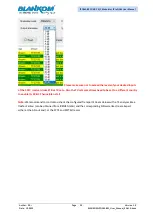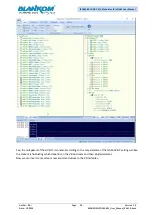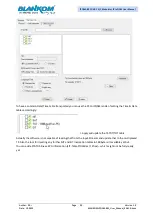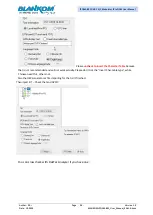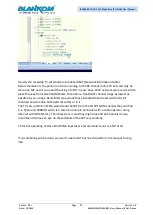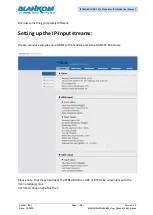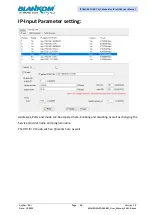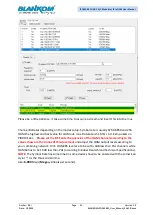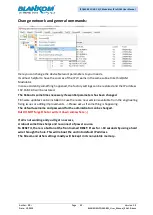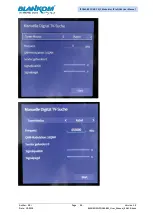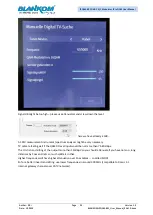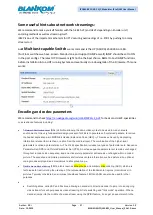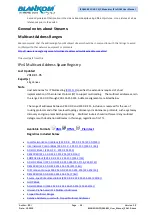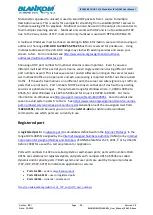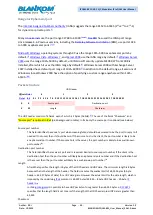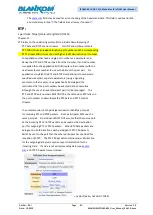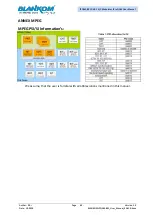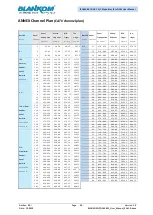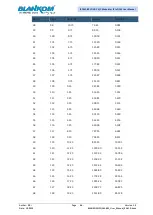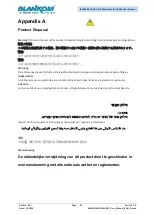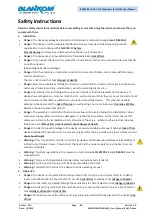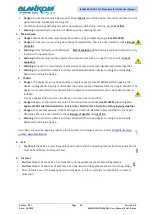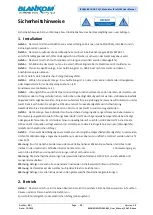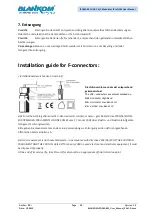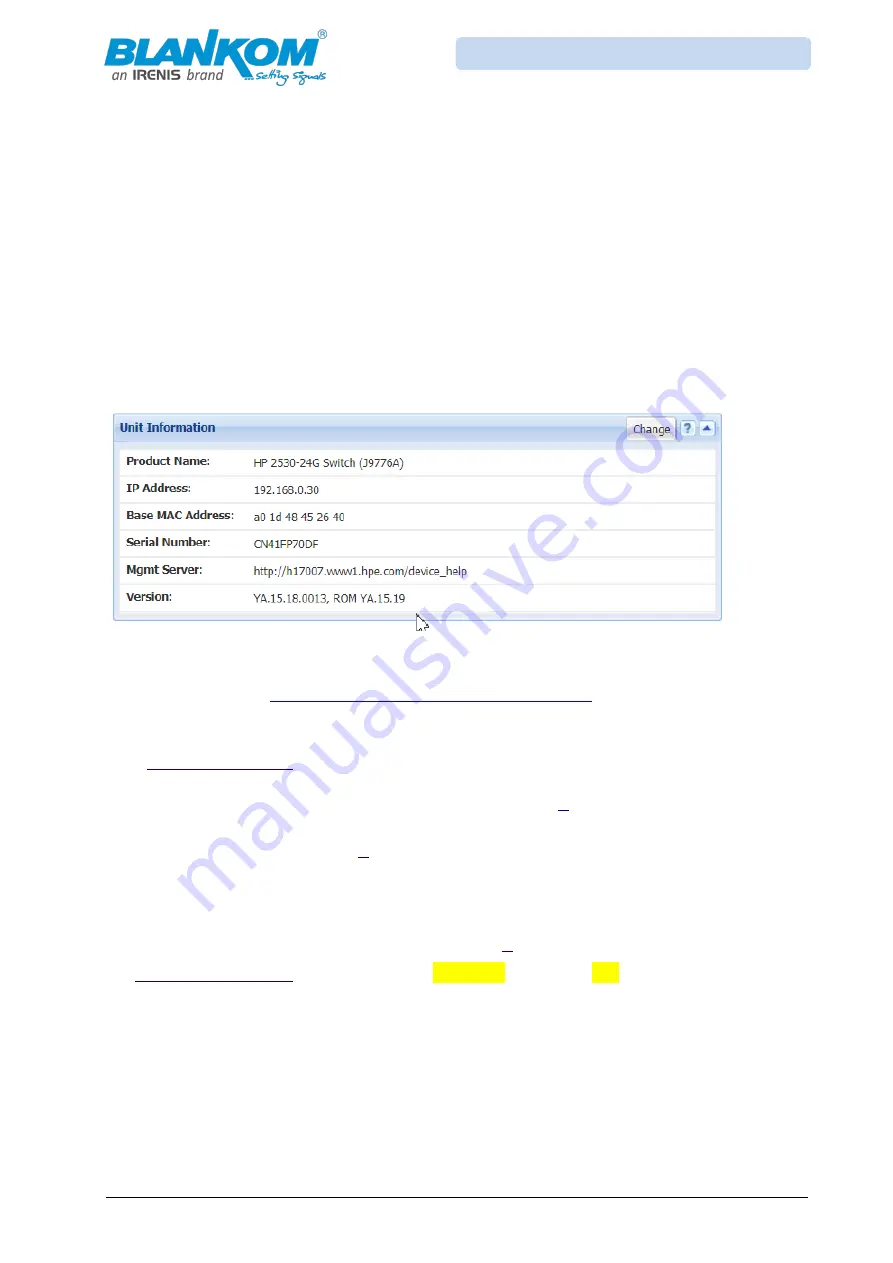
Author: RRi
Page - 37 -
Version 1.0
Date: 10-2019
BLANKOM-IPQAM-801_User_Manual_ENv1.0.docx
IPQAM-801 DVB-C A/C Modulator IP to QAM User Manual
Some useful hints about network streamings:
We recommend to make yourself familiar with the h.264 AVC (and HEVC depending on Encoder unit)
encoding methods as well as streaming itself.
IGMP is one of the important mechanism for IPTV securing overloadings of i.e. STB’s by pushing too many
streams to it.
As
a Multicast capable Switch
we recommend is the HP (ARUVA) 2530 24G or 48G.
(For Floor switches we have an own branded one and support IGMP as well) IGMP should be set to ON
in the port configs. The latest HP Firmware might not be the best choice. Better to test IGMP functions
before installation into a HOT running System and eventually do a downgrade of the Firmware. This one
works:
Encoding and codec parameters
We recommend to check
https://en.wikipedia.org/wiki/H.264/MPEG-4_AVC
for basics and HEVC-specialities.
Loss resilience features including:
(NAL) definition allowing the same video syntax to be used in many network
environments. One very fundamental design concept of H.264 is to generate self-contained packets, to remove
the header duplication as in MPEG-4's Header Extension Code (HEC).
This was achieved by decoupling
information relevant to more than one slice from the media stream. The combination of the higher-level
parameters is called a parameter set.
The H.264 specification includes two types of parameter sets: Sequence
Parameter Set (SPS) and Picture Parameter Set (PPS). An active sequence parameter set remains unchanged
throughout a coded video sequence, and an active picture parameter set remains unchanged within a coded
picture. The sequence and picture parameter set structures contain information such as picture size, optional
coding modes employed, and macroblock to slice group map.
(FMO), also known as slice groups, and arbitrary slice ordering (ASO), which are
techniques for restructuring the ordering of the representation of the fundamental regions (
macroblocks
) in
pictures. Typically considered an error/loss robustness feature, FMO and ASO can also be used for other
purposes.
…
Switching slices, called SP and SI slices, allowing an encoder to direct a decoder to jump into an ongoing
video stream for such purposes as video streaming bit rate switching and "trick mode" operation. When a
decoder jumps into the middle of a video stream using the SP/SI feature, it can get an exact match to the

